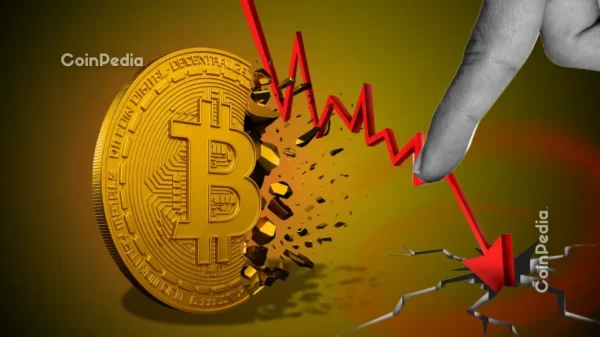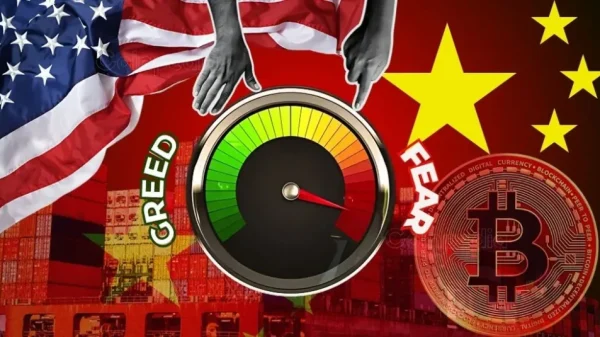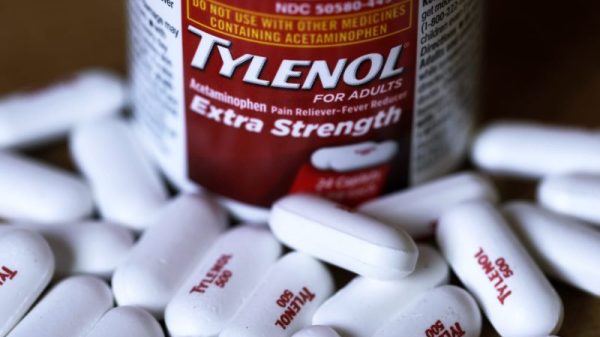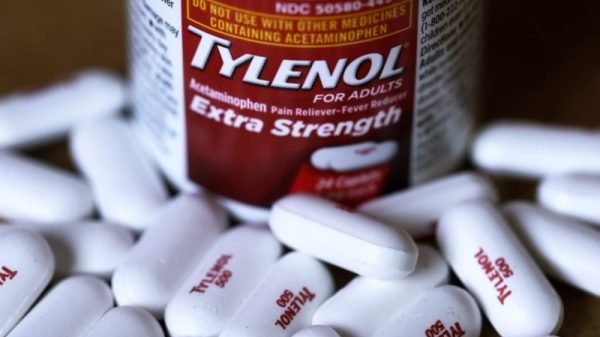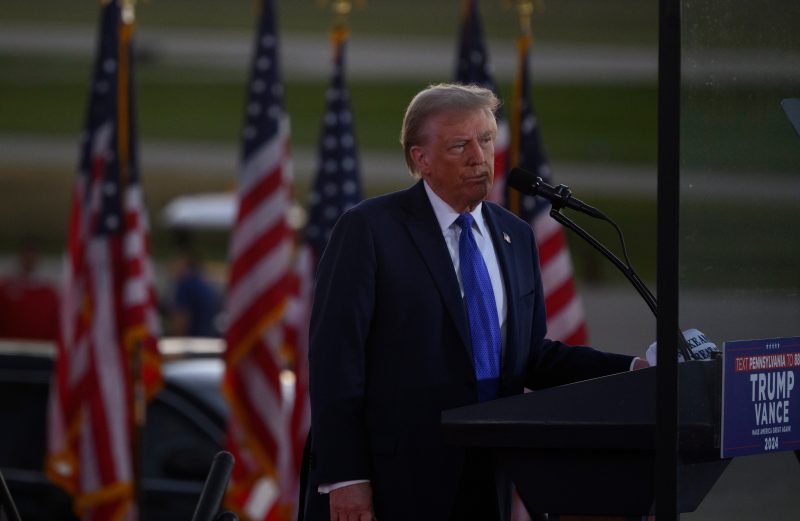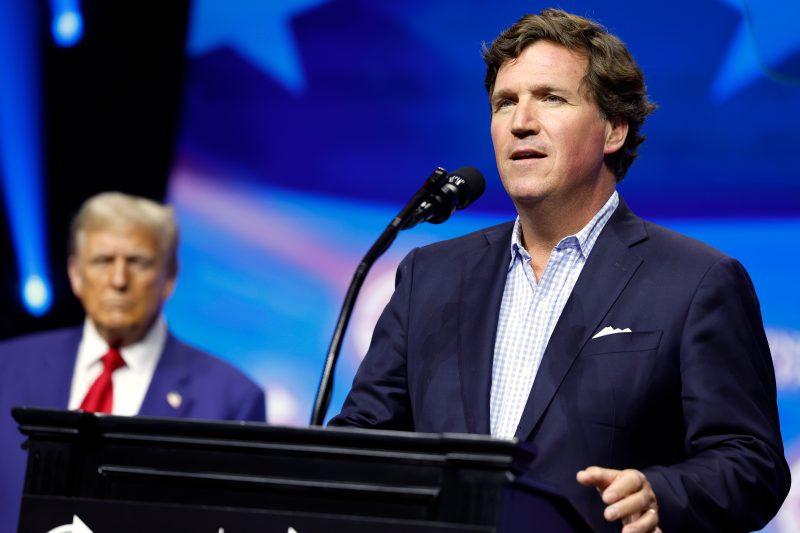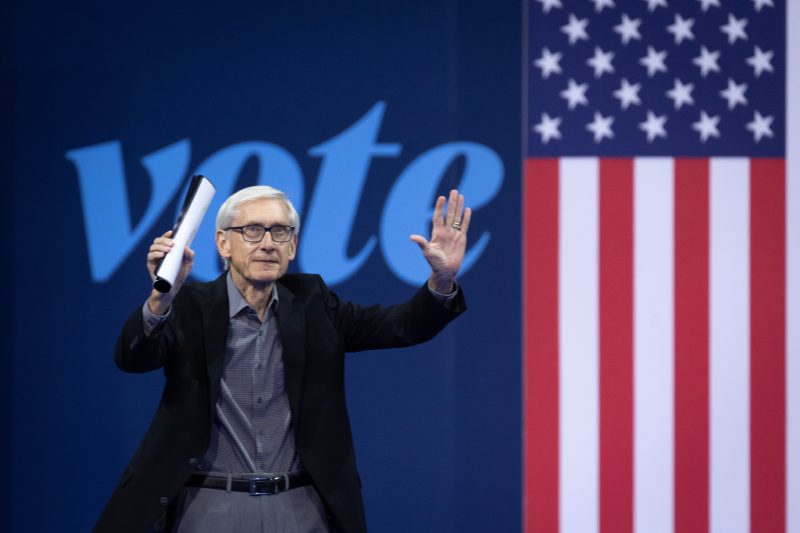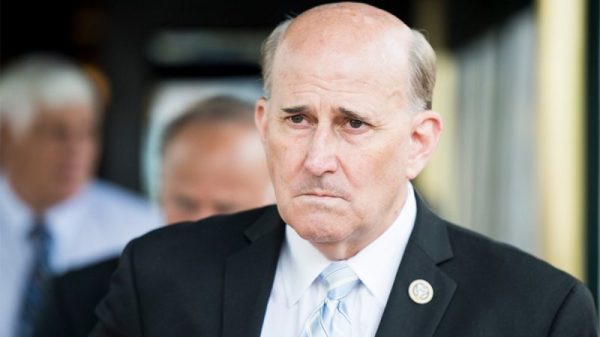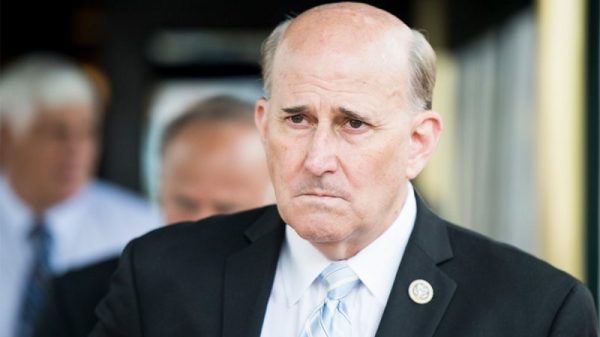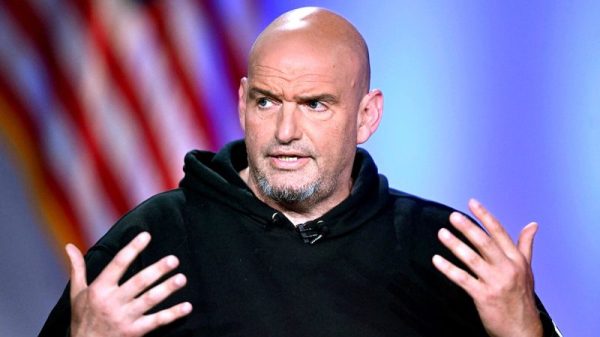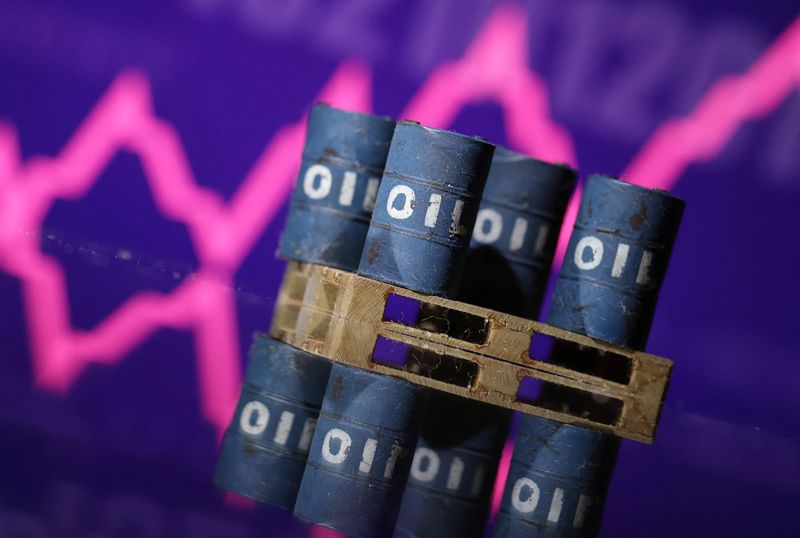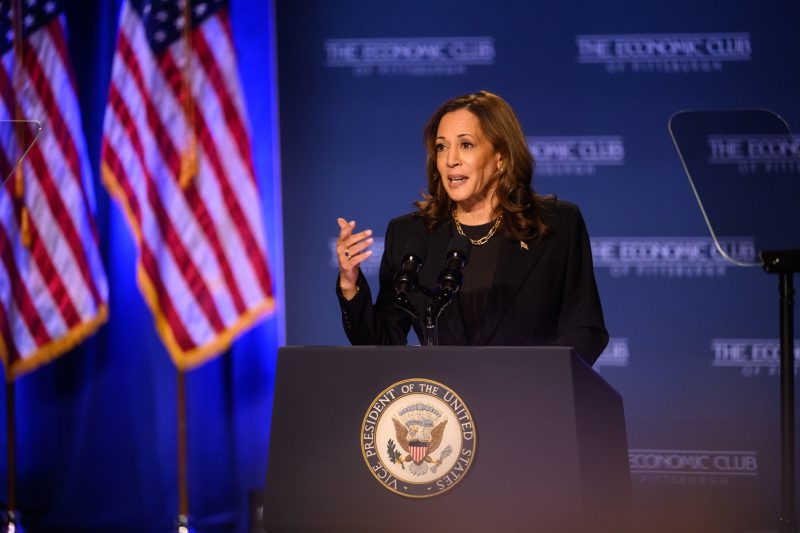
“All told, almost 200,000 manufacturing jobs were lost during his presidency, starting before the pandemic hit, making Trump one of the biggest losers ever on manufacturing.�
— Vice President Kamala Harris, in an economic speech in Pittsburgh, Sept. 25
“Even before the pandemic, he lost manufacturing jobs, by most people’s estimates at least 200,000.�
— Harris, a few hours later in an interview with MSNBC
This is a good example of how a cleverly phrased line in a speech can get bungled when a politician tries to repeat it later off the cuff.
In the speech, Harris’s phrasing was defensible. But the wording in the interview was wrong.
The Facts
Donald Trump’s economic record before the pandemic was pretty good, with steady growth in overall jobs. But in 2019, the year before the pandemic, manufacturing went into a mild recession, and the number of manufacturing jobs fell nearly 50,000 from January 2019 to February 2020.
While president, Trump never acknowledged this dip and instead kept insisting manufacturing was on an upswing. From February 2017, the first month of jobs data in his presidency, to the time the pandemic struck in March 2020, manufacturing jobs increased about 400,000, according to the Bureau of Labor Statistics — though Trump kept rounding up to 500,000 even as jobs were shedding.
The Harris campaign clearly wanted to signal that the manufacturing sector was troubled under Trump before the pandemic struck. So her speech took a figure for total manufacturing jobs losses “during his presidency� — nearly 200,000, after the pandemic — and inserted the phrase “starting before the pandemic hit.�
That’s correct, as phrased.
In the interview, however, Harris dropped the caveats and simply said: “Even before the pandemic, he lost manufacturing jobs, by most people’s estimates at least 200,000.�
That’s wrong. As we noted, before the pandemic Trump could claim a gain of 400,000 manufacturing jobs.
During the Biden-Harris administration, manufacturing jobs have increased more than 700,000. But notably, manufacturing growth has been flat since November 2022 — almost two years. Moreover, many of the manufacturing jobs created under Biden were a rebound from the pandemic. Total manufacturing jobs have increased only about 100,000 above the high point reached under Trump in January 2019.
Asked about her statement in the interview, the Harris campaign pointed to her speech text.
Another dubious claim in the MSNBC interview
“I am not mad at anyone for achieving success, but everyone should pay their fair share. And it is not right that the teachers and the firefighters that I meet every day across our country are paying a higher tax than the richest people in our country.�
This is a two-Pinocchio claim.
Harris is referring to a 2021 White House study that concluded that the 400 wealthiest taxpayers paid an effective tax rate of 8 percent. But that estimate included unrealized gains in the income calculation. That’s not how the tax laws work. People are taxed on capital gains when they sell their stocks or other assets. So this is only a figure for a hypothetical tax system.
According to IRS data on the top 0.001 percent — 1,475 taxpayers with at least $77 million in adjusted gross income in 2020 — the average tax rate was 23.7 percent. The top 1 percent of taxpayers (income of at least $548,000) paid nearly 26 percent.
As for less-wealthy Americans, few, such as teachers or firefighters, pay even the lowest rate of 10 percent because of deductions, exemptions and the like.
According to the Tax Policy Center, about 60 percent of all tax returns are filed by those with income under $50,000 — and about half of those pay no income tax at all; 22 percent paid an effective tax rate of less than 5 percent, and another 22 percent paid less than 10 percent.
Among taxpayers with income between $50,000 and $100,000, about 60 percent paid an effective tax rate below 10 percent.
(About our rating scale)
Send us facts to check by filling out this form
Sign up for The Fact Checker weekly newsletter
The Fact Checker is a verified signatory to the International Fact-Checking Network code of principles




